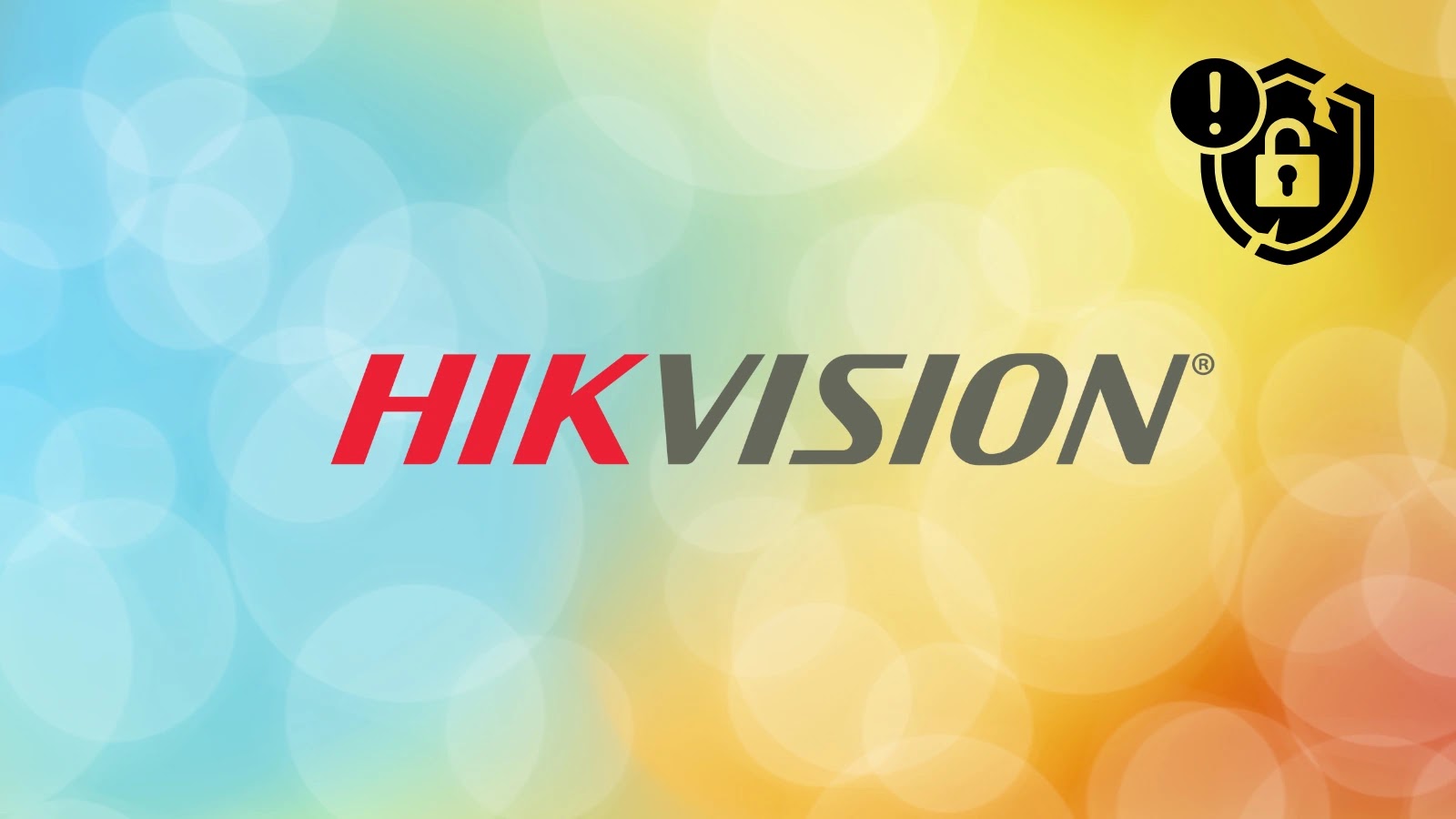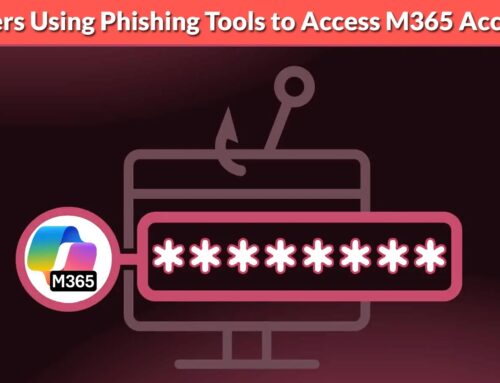
Multiple Hikvision Vulnerabilities Let Attackers Inject Executable Commands
Urgent Alert: Multiple Hikvision Vulnerabilities Expose Organizations to Remote Code Execution
The digital landscape consistently presents new challenges for cybersecurity professionals. A recent disclosure from Hikvision, a global leader in surveillance technology, highlights a critical threat that demands immediate attention. Multiple severe vulnerabilities have been identified within their HikCentral product suite, potentially allowing attackers to execute arbitrary commands and gain unauthorized administrative control. This exposure is not merely theoretical; it presents a direct pathway for malicious actors to compromise surveillance systems and the broader networks they inhabit.
For IT professionals, security analysts, and system administrators managing Hikvision infrastructure, understanding these vulnerabilities and implementing timely remediation is paramount. The potential for remote code execution (RCE) means a successful exploit could lead to data exfiltration, system disruption, or even repurposing of surveillance equipment for nefarious activities. This analysis delves into the specifics of these critical flaws and outlines actionable steps to mitigate the risk.
Understanding the HikCentral Weaknesses
Hikvision has publicly acknowledged three distinct security vulnerabilities impacting multiple versions of its HikCentral product suite. These vulnerabilities, meticulously reported by security researchers Yousef Alfuhaid, Nader Alharbi, and Eduardo, were assigned specific CVE identifiers by the Hikvision Security Response Center (HSRC).
- CVE-2025-39245: This vulnerability, detailed here, points to a weakness that could allow an attacker to inject and execute malicious commands.
- CVE-2025-39246: Further elaborating on the exposure, CVE-2025-39246 describes another avenue for command injection, potentially leading to unauthorized access.
- CVE-2025-39247: The third critical flaw, CVE-2025-39247, also contributes to the risk of remote code execution and administrative compromise.
Collectively, these vulnerabilities represent a significant risk to organizations utilizing HikCentral for their video management and surveillance needs. The ability to inject executable commands is a severe flaw, often leading to full system compromise without significant effort from an attacker once the initial vulnerability is exploited.
Impact of Remote Code Execution (RCE)
Remote Code Execution (RCE) is one of the most critical vulnerability types due to its profound impact. If an attacker successfully exploits one of these Hikvision vulnerabilities, the consequences can be severe:
- Full System Compromise: Attackers can gain complete control over the affected HikCentral system, including modifying configurations, accessing sensitive data, and manipulating surveillance feeds.
- Network Penetration: A compromised HikCentral server can serve as a pivot point for attackers to launch further attacks into the organization’s internal network, leading to broader data breaches, ransomware deployment, or espionage.
- Operational Disruption: Malicious actors could disable or manipulate surveillance cameras, creating blind spots or providing false information, thereby compromising physical security.
- Data Exfiltration: Access to the system may allow attackers to steal sensitive video footage, configuration files, or user credentials.
Remediation Actions
Given the severity of these vulnerabilities, immediate action is crucial. Organizations must prioritize patching and securing their Hikvision HikCentral installations.
- Apply Patches Immediately: The most critical step is to apply the security patches released by Hikvision. Organizations should regularly check the official Hikvision support portal and security advisories for the latest updates corresponding to their HikCentral product versions.
- Network Segmentation: Isolate HikCentral systems on a dedicated network segment. This limits an attacker’s ability to move laterally within the network even if they manage to compromise the HikCentral server.
- Strong Access Controls: Implement and enforce strong, unique passwords for all HikCentral user accounts and administrator interfaces. Utilize multi-factor authentication (MFA) wherever possible.
- Regular Audits and Monitoring: Continuously monitor HikCentral system logs for unusual activity, failed login attempts, or unauthorized configuration changes. Regular security audits of Hikvision installations should be part of a comprehensive security program.
- Least Privilege Principle: Ensure HikCentral and its associated services operate with the minimum necessary privileges required for their function.
- Firewall Rules: Restrict network access to HikCentral systems from untrusted sources. Only allow necessary ports and protocols from authorized IP addresses.
Tools for Detection and Mitigation
Leveraging appropriate tools can aid in the detection of vulnerable systems and the overall enhancement of security posture.
| Tool Name | Purpose | Link |
|---|---|---|
| Nessus | Vulnerability Scanning & Assessment | https://www.tenable.com/products/nessus |
| OpenVAS | Open-source Vulnerability Scanner | https://www.greenbone.net/en/community-edition/ |
| Endpoint Detection & Response (EDR) Solutions | Detecting Post-Exploitation Activity | (Vendor Specific – e.g., CrowdStrike, SentinelOne) |
| Network Intrusion Detection/Prevention Systems (NIDS/NIPS) | Monitoring and Blocking Malicious Traffic | (Vendor Specific – e.g., Cisco, Palo Alto Networks) |
Conclusion
The disclosure of critical vulnerabilities in Hikvision’s HikCentral product suite underscores the importance of proactive cybersecurity measures, particularly for devices and systems integrated into an organization’s critical infrastructure. The potential for remote code execution and administrative compromise means these flaws are highly attractive targets for attackers. Organizations must act decisively to patch affected systems, segment networks, and strengthen overall security hygiene. Neglecting these vulnerabilities could lead to significant operational disruptions, data breaches, and reputational damage. Continuous vigilance and adherence to security best practices are the only reliable defenses against an evolving threat landscape.





